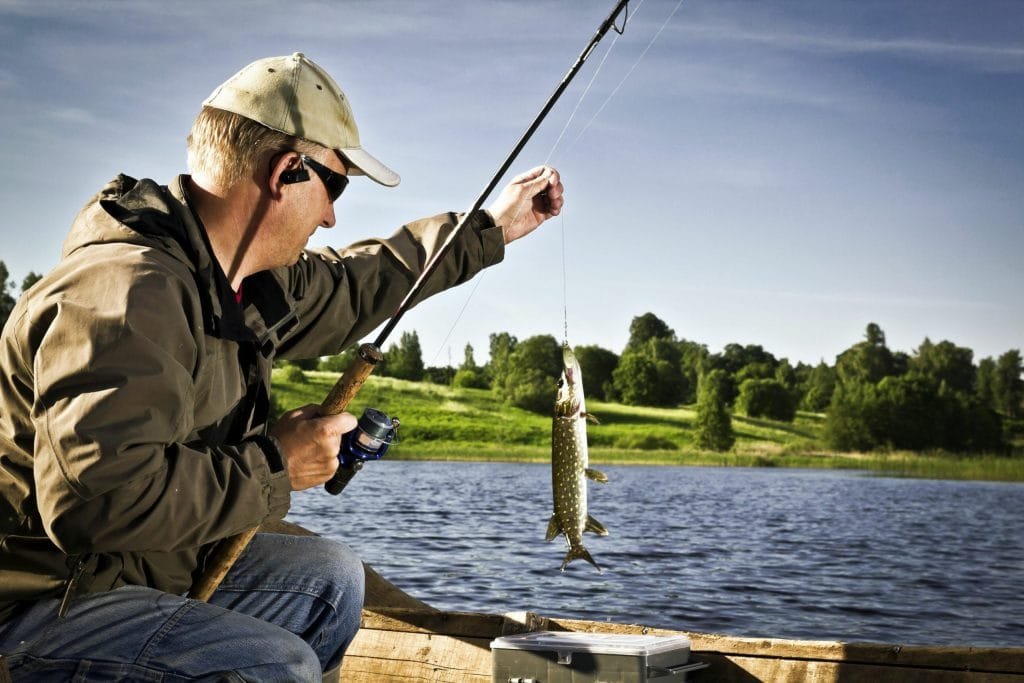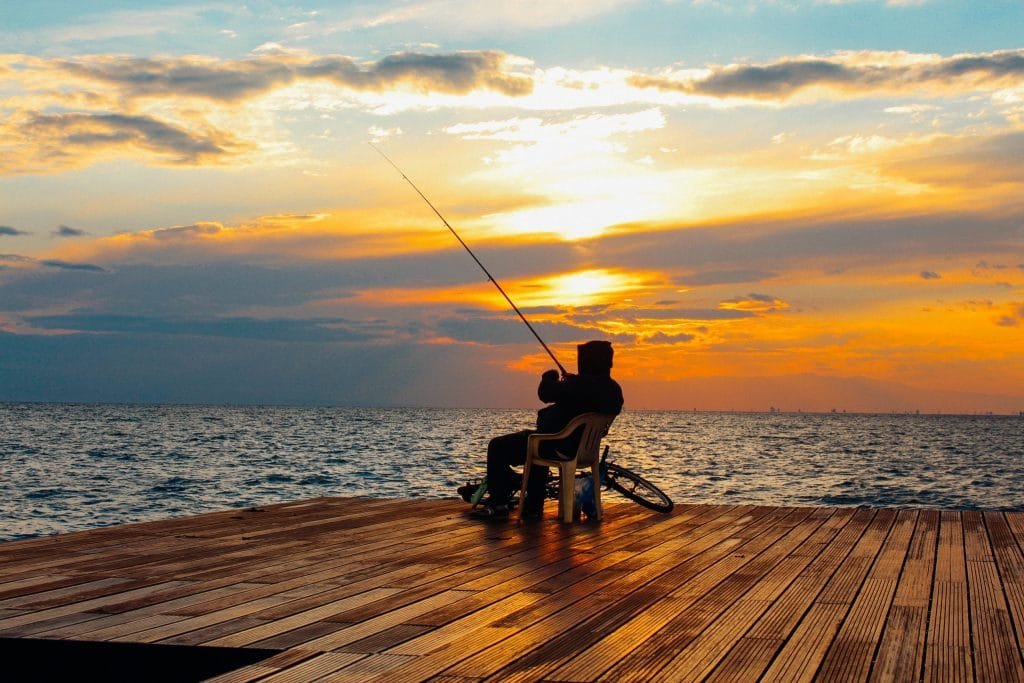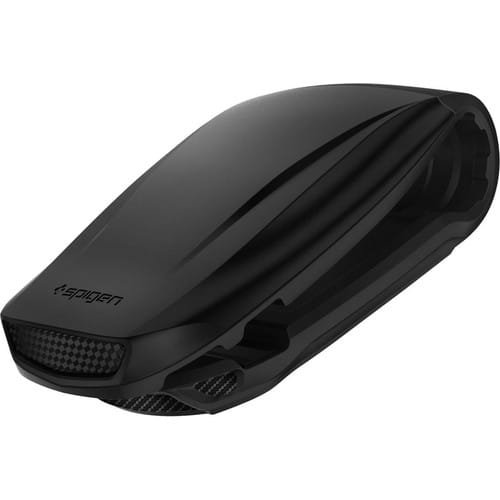Light Rock Fishing (LRF) is an amateur fishing method that allows amateur anglers to catch small fish closer to the shore with maximum action and pleasure in small fish with equipment specially developed for this discipline instead of large fish far from the shore. This method, which was first used by the Japanese, started to become widespread in various countries of the world in a short time and of course, it has managed to become a highly preferred method in a short time in our country surrounded by seas on 3 sides.
What is Light Rock Fishing (LRF) and Why is it Preferred?
Light Rock Fishing (LRF) was first used by the Japanese who were almost depleted of large fish in their seas and wanted to experience the pleasure of catching big fish. It was developed to catch Aji (horse mackerel), one of the small fish still abundant on the Japanese coast, with light and thin tackle to experience maximum sensation and action. All the equipment used in this fishing discipline is the lightest and thinnest compared to other disciplines.
Artificial baits are mostly jigs (artificial metal baits that look like fish) with a weight of 1-10 grams, silicone baits used with jigheads, floating or sinking baits, and the casting range of the fishing rods used with these baits is between 0-10 grams. Although these values sound very light, it is only possible to fool small species on the shore with this discipline. Light Rock Fishing is widely preferred and widespread because it can be easily practiced on almost all coasts of our country and provides maximum action and hunting pleasure, and at the same time, it is very light and allows you to cast and shoot for hours without getting tired. This discipline is comfortable and easy because it does not require heavy equipment and materials compared to other hunting disciplines, and it is so light and small that you can carry all your equipment and materials in a small bag.

LRF Reeds
The first thing to look for when choosing a rod is its throw range. Light Rock Fishing rods have a throw range of 0-10 grams. If you choose a rod that is not in this rod range, you can never say that you are doing LRF. If you plan to fish with silicone bait, you should prefer rods with a casting range of 0-5 grams, if you plan to fish with jigs or heavier baits, you should prefer rods with a casting range of 3-10 grams. This situation depends on which fish you want to fish. If you intend to fish small fish such as horse mackerel on the mid-upper surface, you should prefer rods with a light casting range, but if you are going to fish for fish such as scorpionfish and cohine living in the bottom or rocky areas, you should prefer rods with a heavier weight casting range. Rod lengths vary a lot, but the ideal rod length is 210-230 cm.
LRF Fishing Rods
The most ideal fishing machines are 500, 1000, 2000 sized machines, larger machines are not suitable for this discipline.
LRF Ropes
Although there are some people who use fishing line in LRF, a braided line of 0.03-0.09 mm is generally used in this discipline. In front of the braided line, at least 30cm-1 meter long line made of 0.14-0.20 mm thin flourocarbon material is tied as a leader. The purpose of tying the leader is Flourocarbon The reasons such as ensuring that the fish are not spooked by the invisible structure of the line in the water and that it does not break when it rubs against stones and rocks with its solid structure can be listed, the leader is not compulsory, but there are great benefits in tying it.

LRF Baits
The types of bait you can use in LRF are almost unlimited. The baits are usually very realistic. The baits usually look like fish, shrimp, worms made of metal or silicone raw materials. The baits, especially silicon baits, are scented with amino-acids to make them more deceiving, which increases the appetite of the fish and increases the aggressiveness of the bait. Silicone worms or silicone shrimps attached to jigheads weighing 1-5 grams, micro jigs or micro poppers weighing 3-10 grams can be used. Jigheads are self-weighted hooks, used to transport the silicone over long distances, float and hold the fish. Jighead weight can be increased or decreased according to the species to be fished and the depth of the shore.
Areas Suitable for LRF
Light Rock Fishing targets species that come very close to the shore. In salt water, docks, piers, stony and sandy shores are suitable for this discipline. In freshwater, it can be fished almost anywhere. However, wherever you are, the biggest enemy of this discipline is the wind, definitely prefer calm and windless weather to hunt, otherwise you can cool down from the hobby.

LRF Target Fish
Many fish species can be caught with Light Rock Fishing, but among the most productive species are horse mackerel, whiting, whiting, rockfish, haddock as well as small fish such as sea bass, bluefish and scorpionfish. Also in fresh water freshwater perch, pike, carp, trout It is also possible to easily hunt species such as.
You may be interested in:



